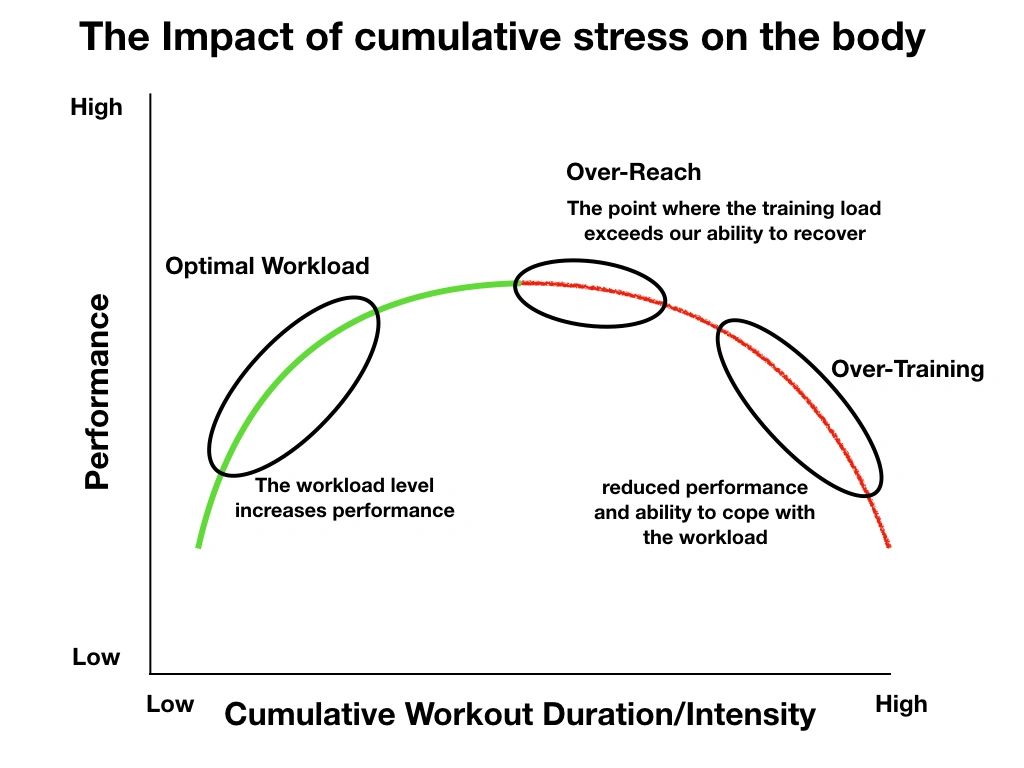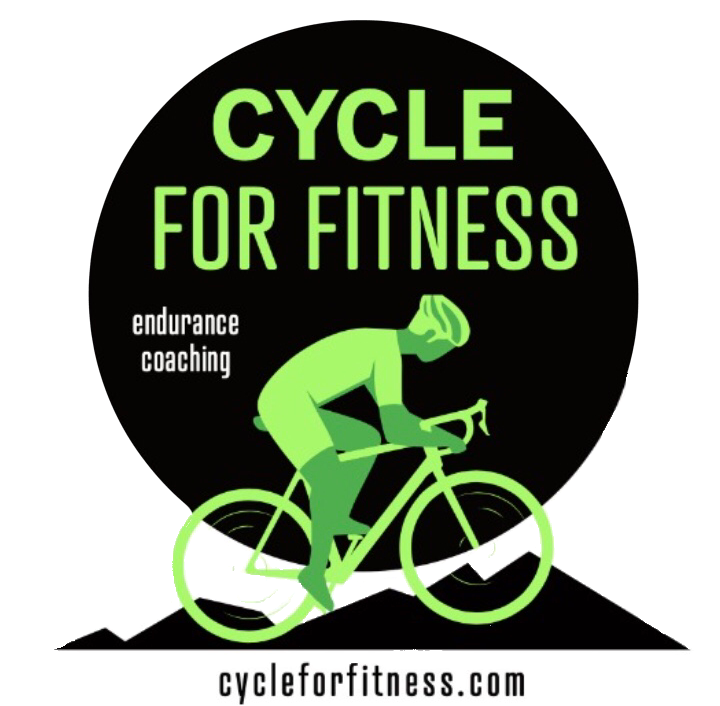It’s a WRAP !
Once we sign up to the idea of training or any form of exercise, at the outset we are full of motivation and “gung-ho!”, keen to do our workouts with as much vigour as possible, only to quickly feel the soreness and tightening of muscles, the aches and pains of over-exertion.
As we continue down this path, we begin to lose our mojo, with general feelings of exhaustion setting in. If left unchecked we begin to pick up injuries such as pulled muscles and strained ligaments, feelings of desperation, anxiety and inadequacy.
All the work we have put in quickly dissipates and we begin wonder if this is worthwhile…why do training, so much pain for such little gain.
If you are a self-coached athlete or just starting out, this pattern is predictable given media bombardments of training plans that offer heady cocktails of high expectations, underpinned with false promises of quick wins to fitness and health “get fit in 30 days”.... "transform your abs the easy way".... "just sign here !" Surely one of these plans contains the magic potion ?
Unfortunately not. The root cause of the issue is that these types of plans do not take into account the body’s natural rhythms and needs. Whenever we exercise or exert ourselves beyond the norm, we are putting stress on our bodies, and without rest and recuperation, this cumulative workload places stress becomes non-sustainable (Lehmann et all, 1999).

Until recently, the conventional answer was simply to rest and allow your body to recover, which in its own right is an important thing to do; however if you wish to train to have sustained performance improvements, and not simply get to the point where your fitness reaches an unsatisfactory plateau as happens frequently (even with seasoned athletes), you need allow your body to not only recover but also to adapt to the new levels of stress. This is called the Stress Recovery Adaption cycle. Without allowing for adaption we may only recover up to the original baseline and hence miss the opportunity to improve performance (see below).
As a layman I am not qualified to talk about the precise science of this, however Joe Friel of TrainingPeaks explains this in detail in his blog on the topic.
So how do we incorporate adaption ?
Here at Cycle For Fitness, our approach takes every part of this cycle into consideration. We focus on all aspects of the athlete, from developing workouts that are specific to your goals, use periodisation best practise in terms of training blocks that develop base fitness, build strength and endurance, and ensure our athletes reach their Peak performance for whatever event or goal they are working towards.
We use a combination of low intensity workouts incorporating endurance, strength and conditioning, intermingled with a limited amount of high intensity sessions, but all underpinned by HRV (Heart Rate Variability) measures as explained by Ithlete to ensure that workouts are at the optimised for your level of stress, recovery and adaption.
We call this holistic approach WRAP (Workout Recover Adapt Perform) and this forms the basis for all our training plans and coaching programmes.

WRAP enables you to get the best out of every workout, never become overtrained, prevent burnout, accelerate the rate at which you see measurable results, get the best out of your determination, achieve your goals and be prepared for every event that you target, and above all, achieve sustainable fitness and feelings of wellbeing.
If you would like to understand why we are confident WRAP will work for you, contact us for a no-obligation chat.
References
1. Lehmann MJ, Foster C, Gastmann U, Keizer HA, Steinacker JM. Definition, types, symptoms, findings, underlying mechanisms, and frequency of overtraining and overtraining syndrome. In: Lehmann MJ, Foster C, Gastmann U, Keizer H, Steinacker JM., eds. Overload, fatigue, performance incompetence, and regeneration in sport. New York, NY: Plenum, 1999: 1–6.
